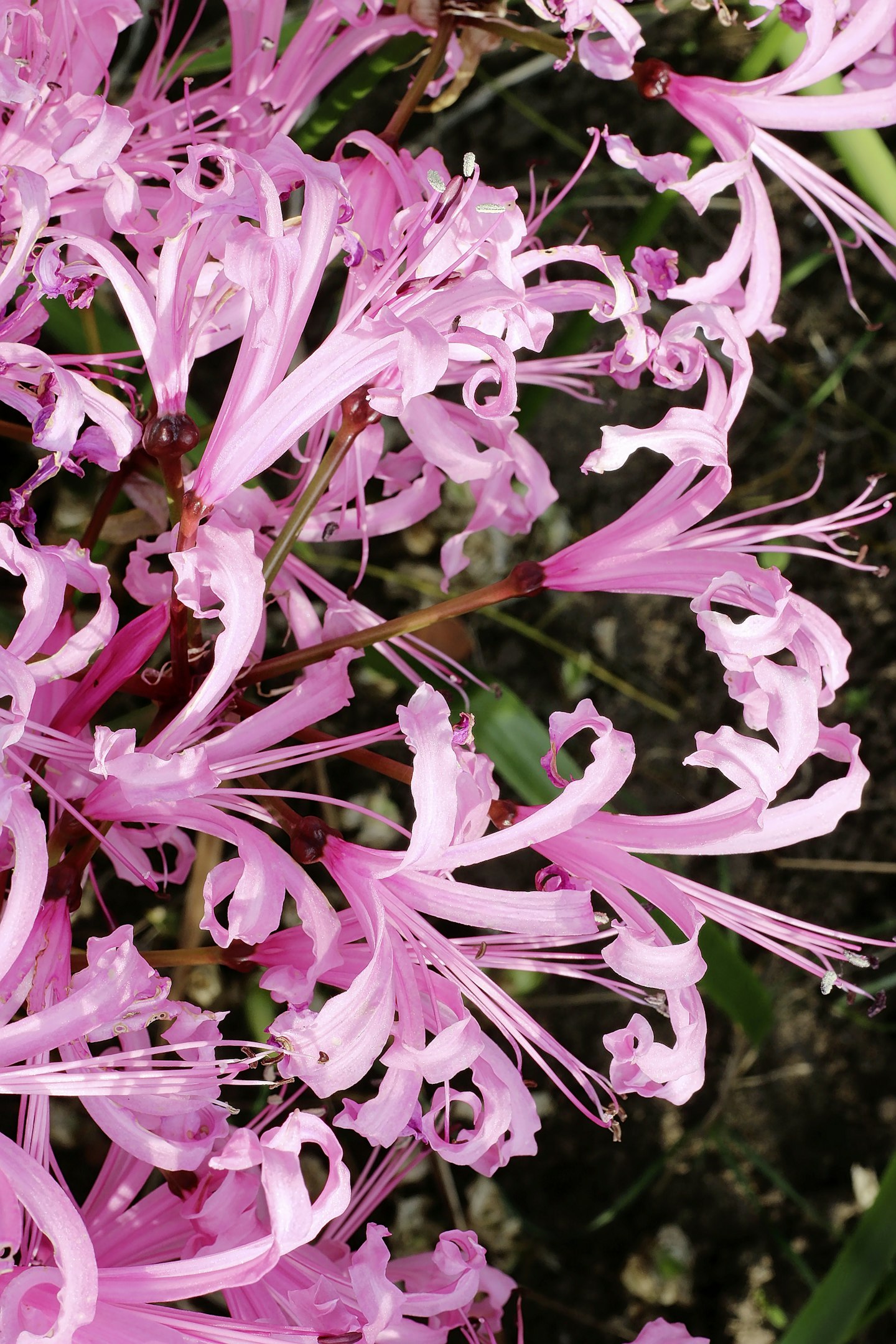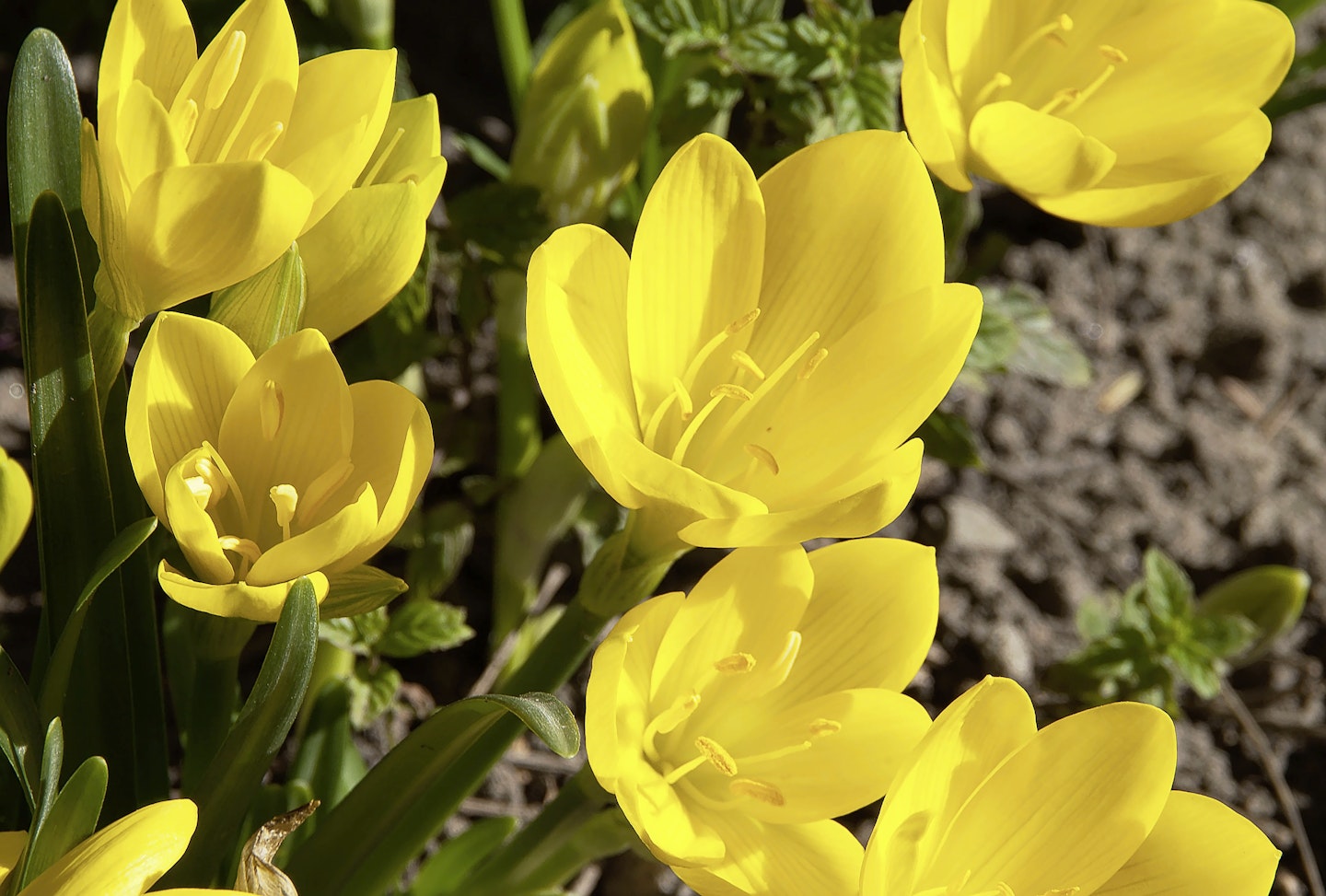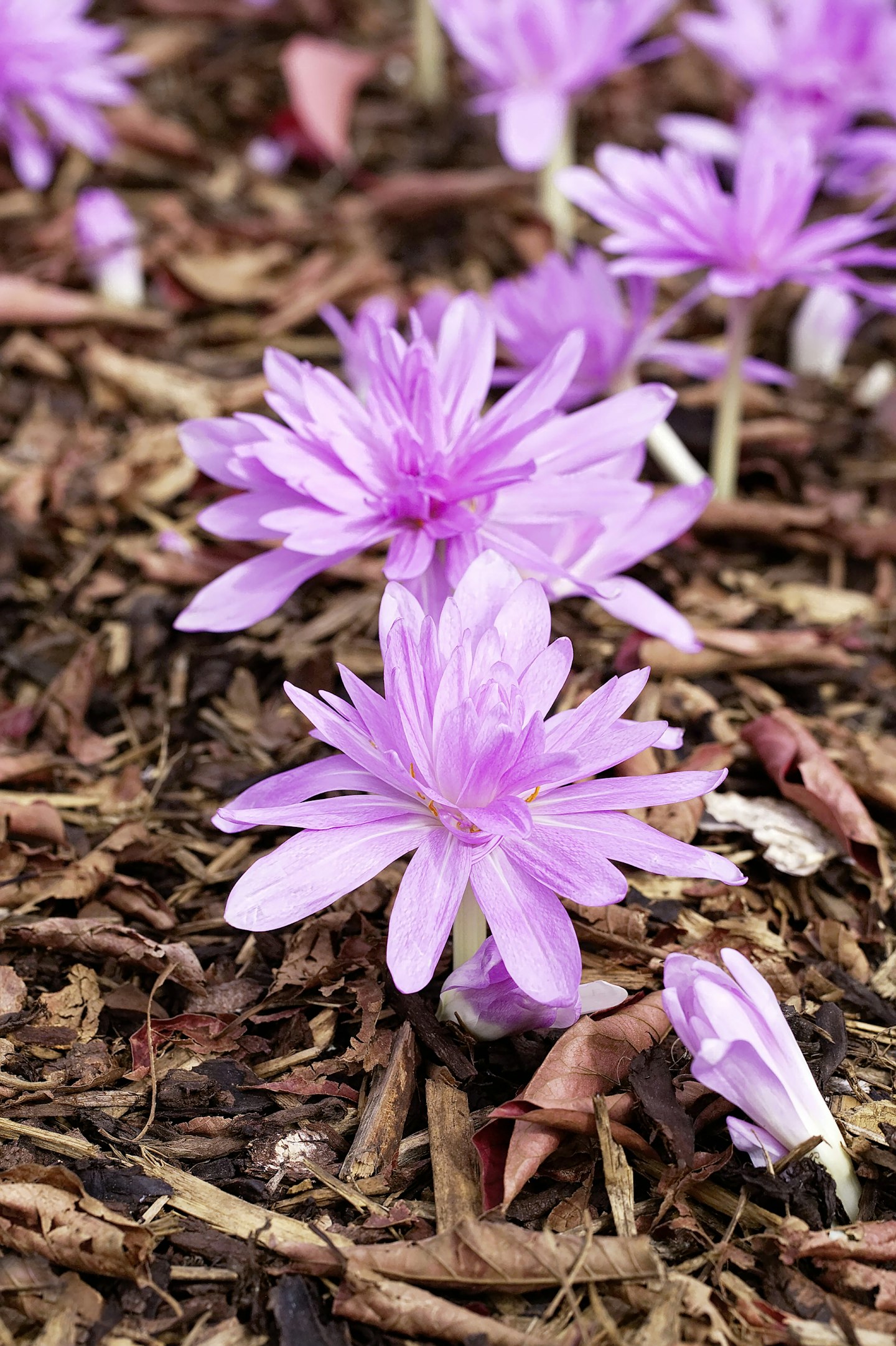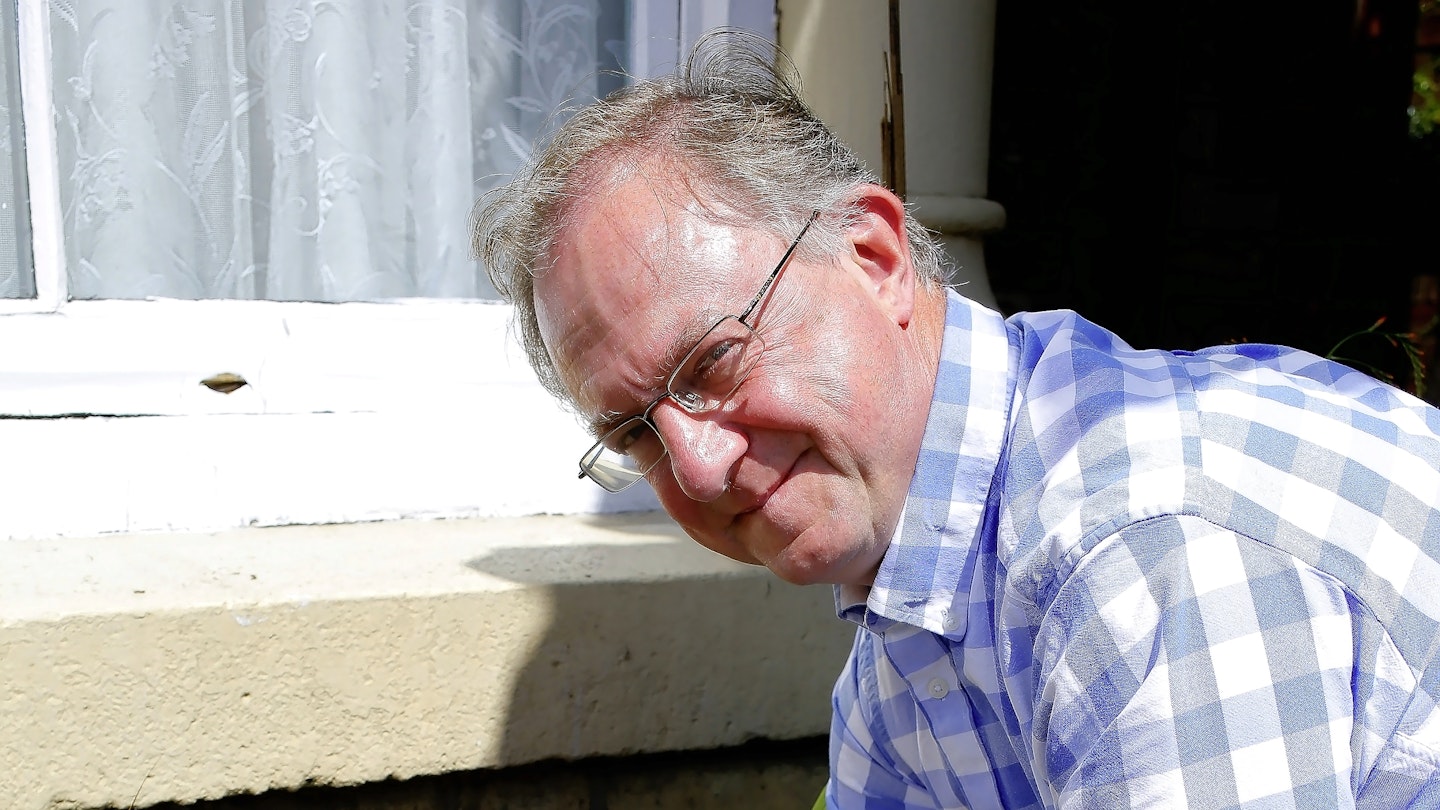While it may be strange to think about autumn already, it’s the perfect time to get some autumn colour going. Vivid pinks and sunny yellow aren't normally colours you associate with the russet tints of autumn, but you can dotyour garden with these bright shades if you plant a selection of autumn-flowering bulbs now.
Like spring bulbs, autumn bulbs take advantage of a growing window when weather conditions are mild and moist enough for growth, yet deciduous trees are dropping their leaves, freeing up light for the plants below.
There are autumn equivalents of the spring crocus, including Crocus speciosus, and the crocus-like colchicum (also, confusingly, called autumn crocus) and sternbergia. Most stunning is the nerine, flowering in October and November with a starburst of glittering hot pink. Most autumn-flowering bulbs like to be in a hot spot through summer during their dormant months.
For nerines and colchicum especially, choose a sheltered site in front of a south-facing wall or tree. If your soil's heavy, add grit to make the area more free-draining. Nerines don’t like to be disturbed, so plan to leave bulbs to bulk up in place for at least a few years. Plant them shallowly, just below the soil surface. Other bulbs should be planted at two or three times their own depth. Colchicums are very poisonous, so always wear gloves to handle.
GARDEN NEWS RECOMMENDS

Nerine bowdenii: The shallow-planted bulbs benefit from a protective winter mulch, after flowering.

Crocus sativus: The plant that gives us saffron, with tell-tale red-orange stamens inside ablooms.

Sternbergia lutea: Golden blooms give it the common name of winter daffodil. Flowers from September to November.

Colchicum ‘Waterlily’: Large bulbs appear as big frilly flowers before any leaves appear
